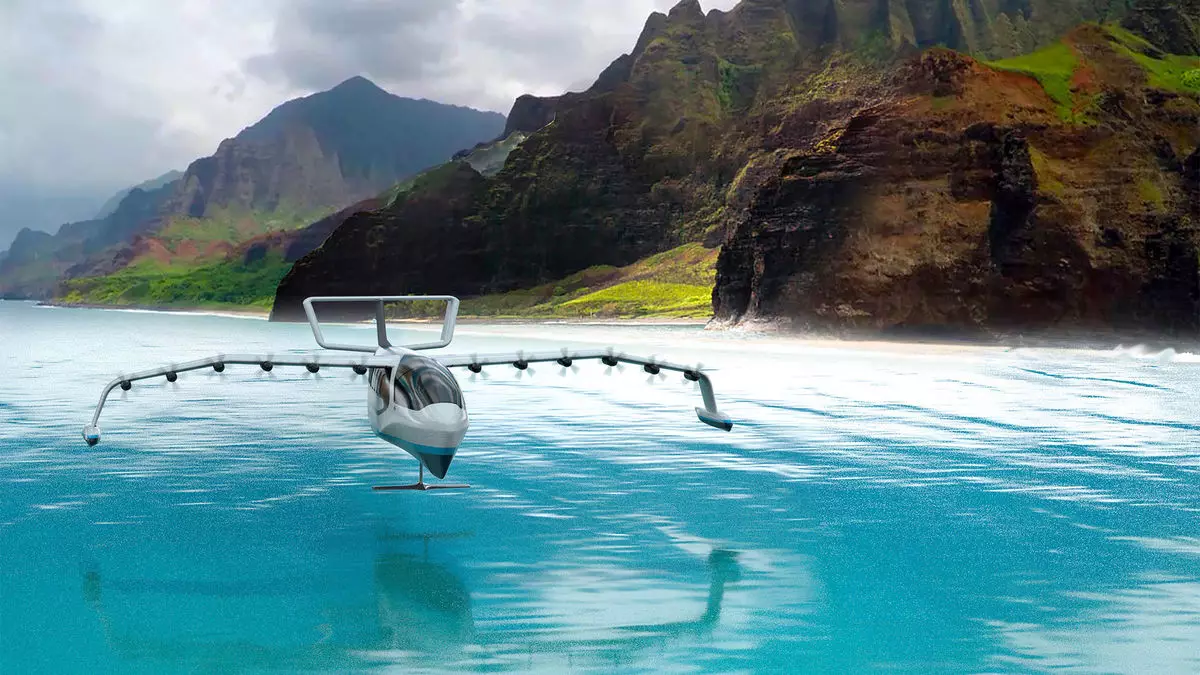Southwest Airlines has recently joined the Hawaii Seaglider Initiative (HSI), a consortium dedicated to advancing the implementation of electric seaglider transport in the Hawaiian Islands. This initiative focuses on the development of seaglider technology by Rhode Island-based Regent, specifically their prototype Viceroy craft that has successfully completed its first flight. The Viceroy seaglider is designed to carry up to 12 passengers using existing battery technology, with a range of 180 miles and a top speed of 180 mph.
Regent’s seagliders operate by launching from the water, utilizing a hull for initial power and transitioning to hydrofoil propulsion before taking flight. By operating within a wingspan of the water’s surface, Regent’s seagliders are able to leverage ground effect, reducing drag and enhancing efficiency. This innovative technology has the potential to offer an affordable, environmentally friendly alternative to traditional interisland travel in Hawaii.
A feasibility study conducted by HSI suggests that electric seaglider tickets from Oahu to Maui could cost as low as $30, making it an attractive option for travelers seeking a sustainable mode of transportation between islands. Regent aims to launch the Viceroy into service next year, with orders already secured from major airlines and ferry operators globally, totaling over $9 billion in value. Strategic investors in Regent include Hawaiian Airlines, Japan Airlines (JAL), Mesa Airlines, Lockheed Martin, and Mark Cuban Enterprises.
The Hawaii Seaglider Initiative, established in January, is focused on conducting technical, commercial, and socioeconomic studies to support the implementation of seaglider technology in Hawaii. Southwest’s participation in the initiative will involve funding research studies to assess the feasibility of establishing an interisland and intraisland seaglider network in the state. Other airline members of HSI include Hawaiian, Alaska, United, JAL, and Mokulele, along with various Hawaii-based organizations.
In the coming months, HSI will initiate discussions on community and culture, infrastructure, resiliency, and workforce and education, seeking to address key aspects of integrating electric seagliders into Hawaii’s transportation system. With Southwest Airlines on board, the future of transportation in Hawaii looks promising, with the potential for sustainable and efficient travel through innovative seaglider technology.

